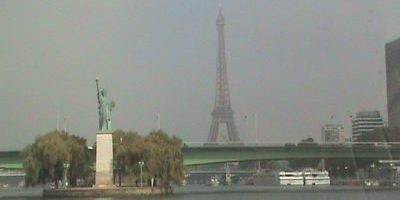
#PARIS – FRANCE
When you have a city with the age, scale and population of Paris, it’s no surprise when you get a vast mixture of culture and heavy traffic. Île-de-France is the region of Paris and seven other prefectures, each with very different micro-cultures.
International Travel
You can reach Paris on near any form of transport you can imagine, depending on where you are in the world. Direct flights, trains and boats — you can even drive there in a car, as many do in Europe. The economics and pragmatics of using each transport to get to Paris depend on the time of year and what you intend to do when you get there.
Plane
Flying is a great way to get to Paris when you finally get onboard — but queuing and claiming your baggage is slow. Planes to Paris, Charles-de-Gaulle, the busiest and largest airport in France, lands you less than 20 kilometres from the edge of the city.
Many tourists want to stay near famous sites such as the Eiffel Tower and the Champs-Élysées, which are right on the west side of the city. Paris-Orly is less than 10 kilometres to the centre, with faster access to the west side than Charles-de-Gaulle.
Paris-Orly airport offers all forms of public transport, though with fewer international destinations. Paris-Orly takes around an hour in traffic to drive to Disneyland from each of these airports — 30 minutes if you are lucky.
Train
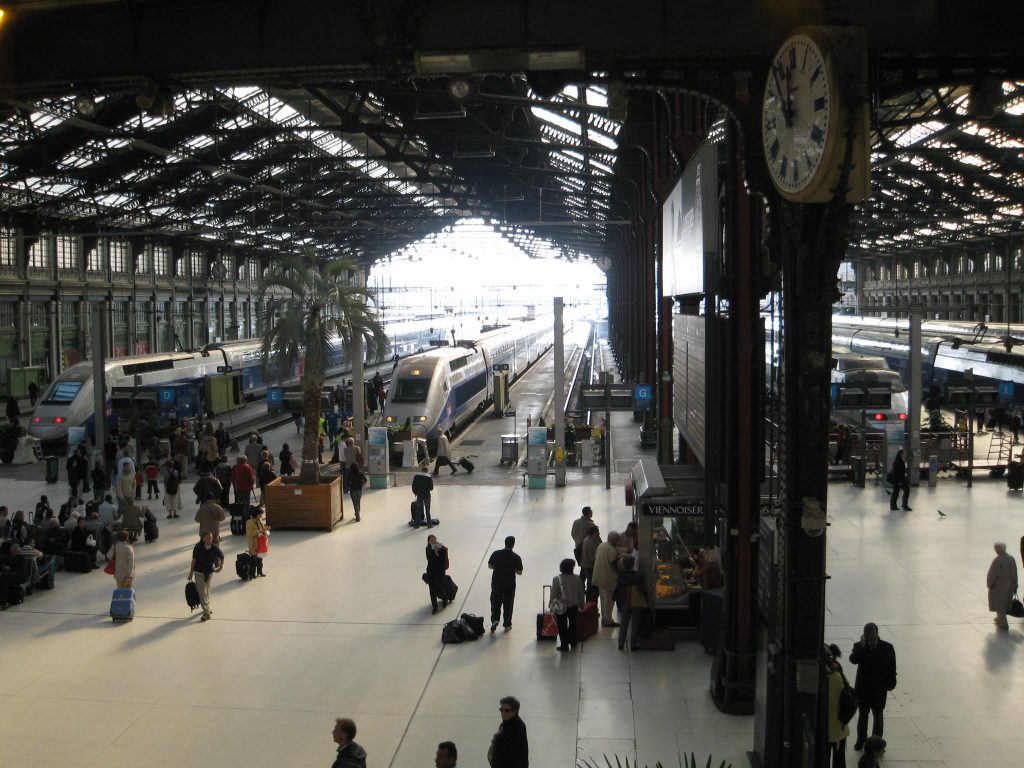
France has an excellent high-speed train service that is both reasonable in price, and the fastest way to get to the centre of Paris. The TGV or the Eurostar are luxury train services that transit around, across to, and over the borders of France.
The Eurostar ends up at Gard de Nord, which is in the 10th arrondissement of Paris and offers plenty of ways to get around the city.
Car
Driving your car through an unfamiliar environment, as with any major city, is a challenge. Once you fight your way through the Boulevard Périphérique, you will encounter the city’s narrow streets and confusing one-way systems. The traffic lights are small and hard to see, and everyone races between stops.
You will also discover that, even once you find a place to park, the price of a parking space will vaporize any savings you made. Though a car is ideal if you want to visit a lot of places on the outskirts of Paris.
Boat
It’s possible, Paris has several ports, for smaller vessels, in both the 12th and 15th Arrondissements. The port is accessible to those that are willing to navigate the Seine through the busy boating harbour at Le Havre.
There are many cruise ships and ferries in Le Havre, which you can disembark from. You can also find small cruise boats that take a week from Le Havre to Paris and back again.
Local Transport
There is little point in getting a rental-car in Paris; it’s easier to take public transport or to find some form of a two-wheel rental to get around on. Driving means heavy traffic, and if the roads are clear, the car parks are full.
Taxi
Not always easy to find, but there are plenty of companies where you can call or track one on your smartphone. As with all taxi drivers, you get the friendly ones, and then those that take an instant dislike to you. And don’t expect an English-speaking driver.
If you are taking a taxi, learn how to tell the driver your destination in French.
RER, Metro & Tram
Both the underground train and surface tram and train services are the best ways to get around Paris, even into Paris from the airport. A Paris Visite ticket gives you access to all forms of public transport, with discounts for various other services and museums.
A 5-day ticket will cost you less than the price of parking your car for a day in Paris. And with the Paris Visite, you can select the areas you want to pay for, which go as far out as the airports and Disneyland.
Bike & Electric Scooter Rental
You can also rent bicycles and scooters. These you can either pick up, or you can arrange delivery to wherever it is you need them. The rental prices work out more than public transport, but you do get the benefit of minimising walking to and from your destinations.
Food
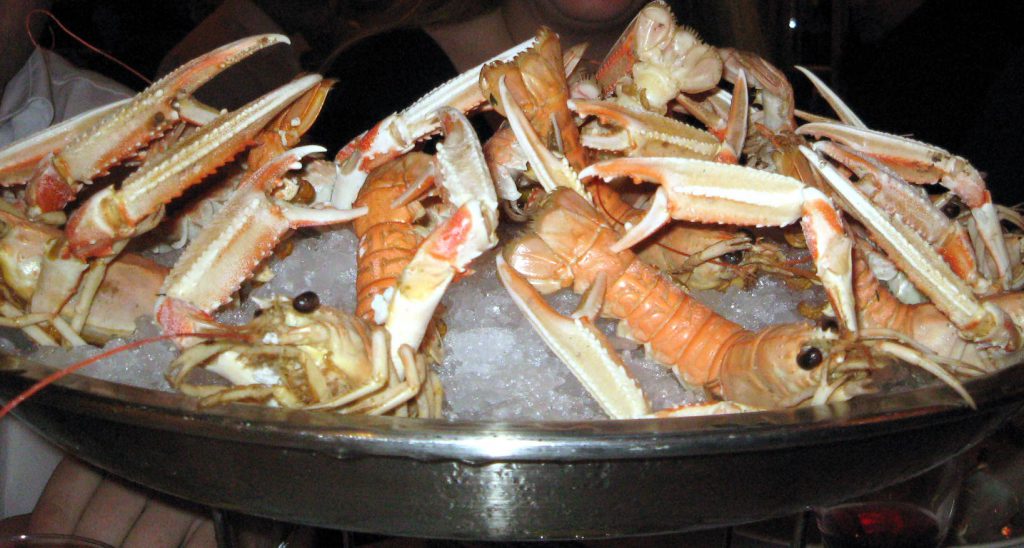
It’s France! Everywhere you go, there are boulangeries, pâtisseries and chocolateries selling some form of food. The cultural mix means that you can get near any type and origin of food that you can think of.
Restaurant
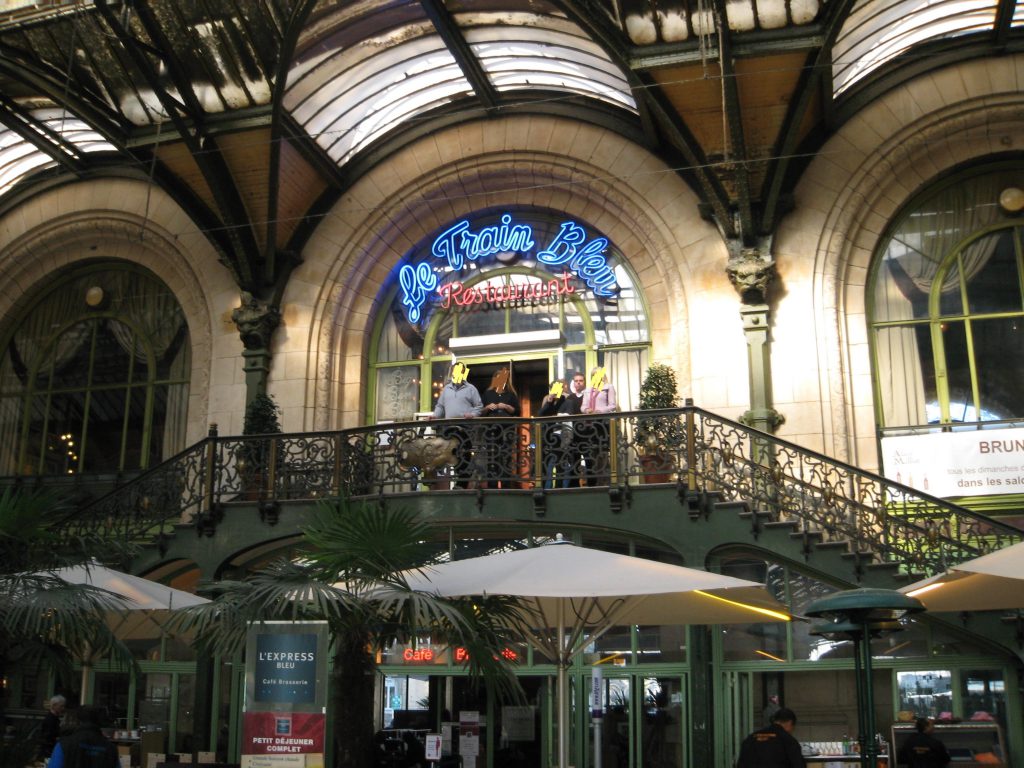
Even if you prefer fast food, some special restaurants in Paris deserve a visit. Many of the main train stations in Paris are historical monuments, each with a famous restaurant. One such restaurant is Le Train Bleu, at the station Gare de Lyon.
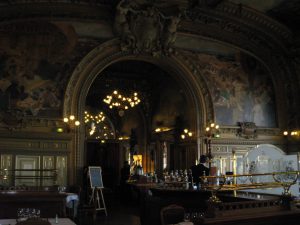
For over 100 years, Le Train Bleu has greeted its guests with intricate art deco and fine food. My pictures of the dining room do not do it justice; you can find better ones on their site. You will need to book Le Train Bleu in advance.
There is the Jules Verne on the second tier of the Eiffel Tower, But you can wait months to get a reservation. Or you can try La Couple on Boulevard du Montparnasse, an art deco restaurant famous for its steaks, seafood and lamb curry.
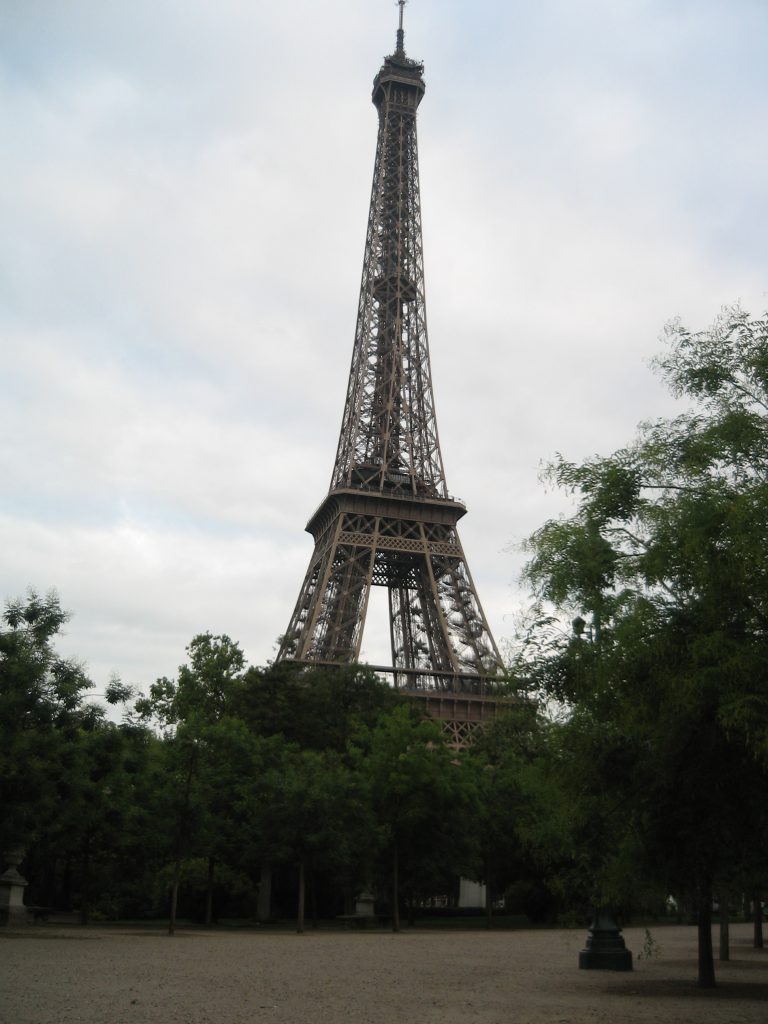
Boulangerie
The cost of eating out in Paris adds up fast, especially if you are having breakfast, lunch and dinner out. Boulangeries offer you a quick place to eat on a budget, though you will need to take your purchases elsewhere to eat them.
Boulangeries offer the ever-popular baguettes, croissants and loaves — but you will also find many bakers that sell confectionaries and drinks.
Supermarket
Big-chain supermarkets like Carrefour, Monoprix and Franprix will sell most of the things that you forgot to pack, as well as food and drinks. The larger the supermarket, the more chance you will find ready-made meals and more cheeses and meats than you thought existed.
Open Market
If you are renting a serviced apartment, why not shop and feast like royalty? The local markets offer exceptional produce, and the prices, selection and quality tend to be better than any supermarket. Rue Mouffetard in the 5th is one such pedestrianised road where you can buy exceptional wines, food and other local products.
Accommodation
There is a huge number of ways that you can stay in Paris without breaking your budget, while staying in more popular areas. Hotels are great if you like that type of experience, but you can also do something a bit different.
Booking.comHotel
A 4-star hotel in Paris will mean a small room with a bathroom, ‘breakfast included’ means you are paying more for the room. Many of the 5-star hotels will have fewer facilities than you would expect from such a grade in another city. The closer you get to the Louvre or the Eiffel Tower, the high the price.
You are better off saving for travelling and activities, and look for 3 to 4-star hotels that are clean and in good locations. Many of the hotels sit over underground train lines. Though this means a short walk to the station, you will feel the building rumbling as the trains pass.
Apartment
Serviced apartments are by far my favourite option in Paris. Serviced apartments are more common than you may think, and they are in some fantastic locations. And because they do not need to be on the main roads to advertise themselves, they tend to be in quieter areas.
Serviced apartments with two bedrooms, a kitchen and a bathroom, will cost around the same as a 4-star hotel in the same area. Some of these serviced apartments will also provide breakfast in the lobby. With all the local shops you can stock-up, cook and enjoy a good breakfast without having to get dressed for it.
Houseboat
Staying in a houseboat will cost around the same as a serviced apartment. But as a bonus, you get to stay nearest to the main tourist spots and enjoy fantastic views of the waterways.
Hostel
Budget travellers can save by staying in hostels, which are convenient for a one-night stay. Often you will find these next door to main train stations, and the standards are high. And modern hostels with private rooms for two or more people, cost far less than the other options.
Entertainment
Paris is the city of entertainment, almost the definition of it. The art is everywhere, whether it be the food or on a wall. Many public spaces get missed when tourists overspend their time queuing for famous and the more popular exhibits.
Zoo
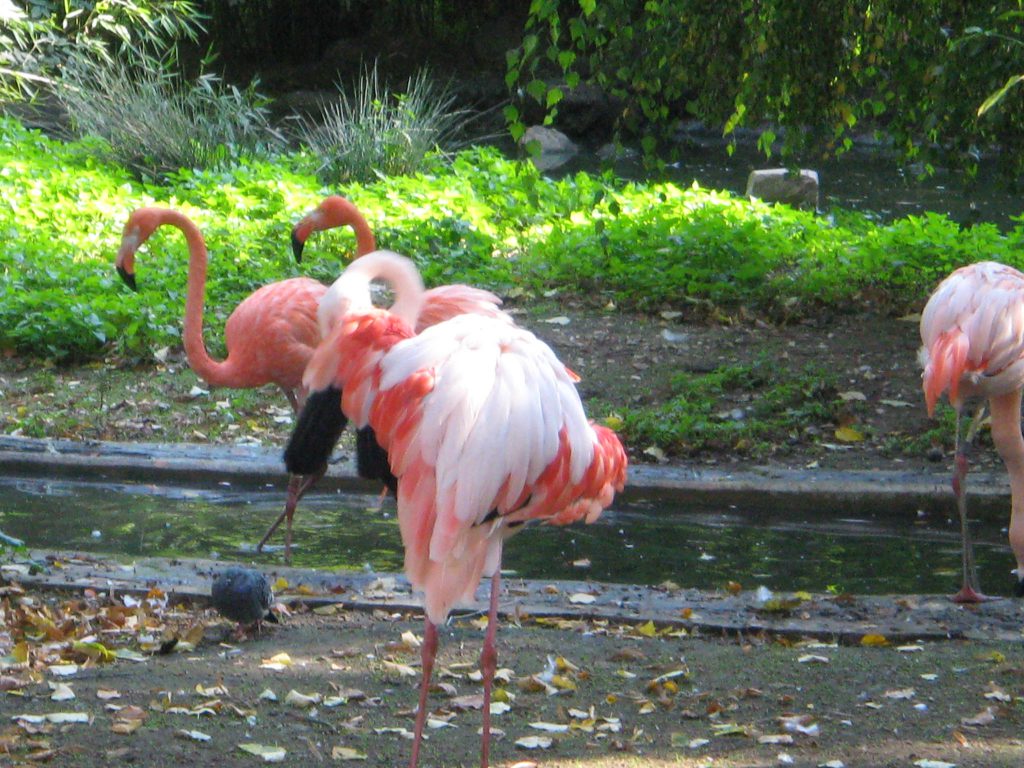
Parc Zoologique, in the 12th of Paris, is one such hidden gem that holds 180 animals. The zoo consists of various habitats to simulate tropical conditions and a one-acre greenhouse. The 36-acre public zoo is a full day out.
Museum
If you travel to the north of Paris, you can spend a whole day at the Cité des Sciences et de l’Industrie, the largest science museum in Europe. Tickets are cheap, and if you have kids, this is a great place to entertain them, especially if it is raining.
Show
Cabarets are indigenous to Paris, and it is almost a crime to not see one while you are there— it’s a good idea to book in advance. The nature of the show means that children of a lower age will not gain entrance.
Cabarets are fun to watch with friends and family while enjoying a meal and a few bottles of wine. The Lido is a legendary cabaret, but there are plenty of other shows, including some that a more risqué.
Shop
There is a wide divide on what people may consider good shopping. If it is designer goods with high costs, you can go to the 1st and the neighbouring 8th districts, for famous brands and shopping centres.
If you want open-air shopping for food, drink and clothing — Rue Mouffetard, Marche Maubert and Bastille markets are forms of culture on their own. If you have had enough of high-street brands, try the refreshing experience of open market shopping.
Tour
Tourism in Paris is more of an art; it’s constantly changing and innovating new modes of transport to take people around. Walking, bicycling and scooter tours are a good way to hope in and out of exhibits.
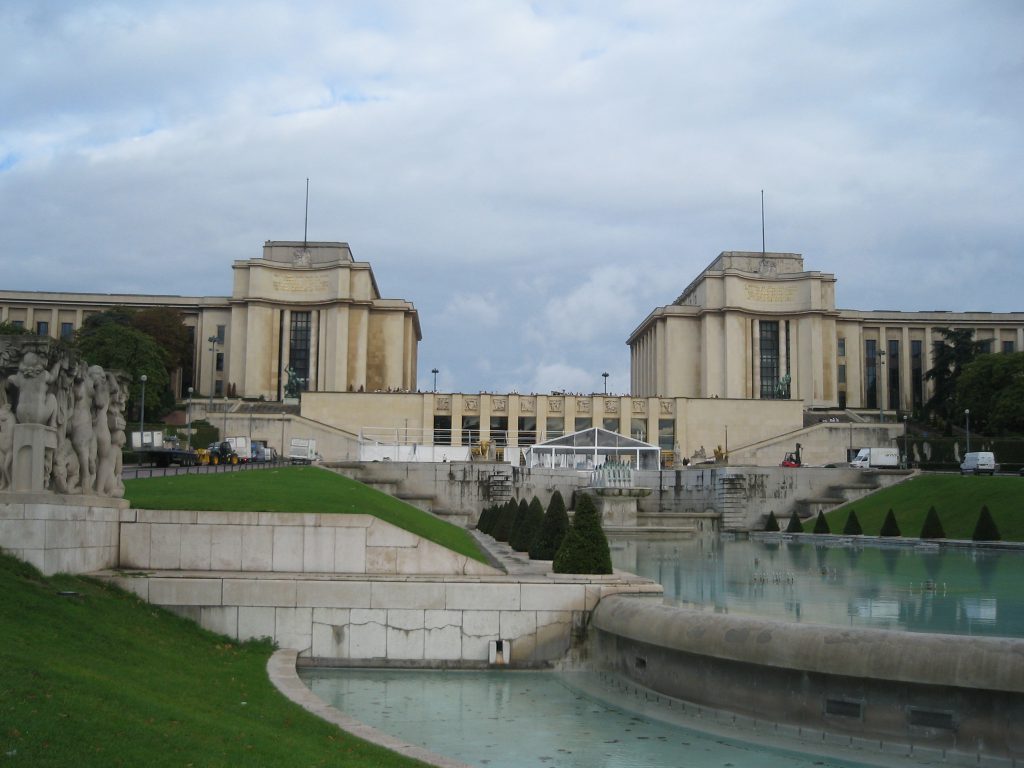
Canal boat tours will offer a show and a meal as you cruise along, or you can take a hop-on-off boat. Bus tours also do an equivalent ground-based version. Tuk-tuks, pedicabs and rickshaws, are also popular options for visiting the sites.
Weather
Paris is an inland northern city— so warm and sunny weather is rare, though it does happen.
The Parisian summers last from June to September, and in that time, you will either be subject to intense heat and sunburn or cold winds and drenching. Pack for all situations and take at least one jumper, a raincoat, and a pair of shorts.
The winter in Paris gets as cold as it is possible to get without snowing. Invisible ice is common on the backstreets, and the cold and damp air is harsh on the skin.
The moment you walk into a restaurant or a shop, you’ll discover that they have put the heaters to TROPICAL. Take the warmest coat you have — otherwise, you will spend all your time taking off and putting on layers.
Outskirts of Paris
The cost of renting in Paris has led many to live outside the Périphérique, and as a result, you can find little Paris’ in these overspills. These small communities are easy to get to either by train or metro to the edge of Paris and then walking the connecting bridges.
Malakoff
Small restaurants such as Au Timbre Poste and inexpensive hotels make it a great place to stay. You can visit the centre of Paris or shorten your travel time to the coast or the airports if that is how you travelled.
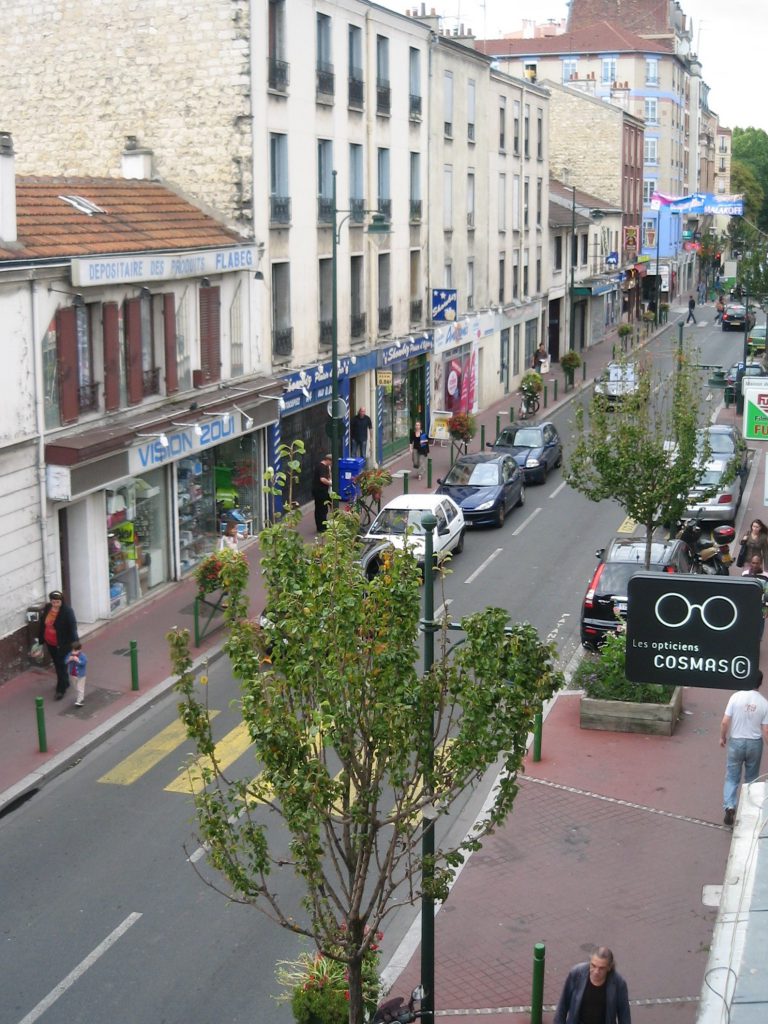
And from Malakoff, you are a few kilometres from the Paris Observatory. Founded in 1667, the observatory has a long history— it is something a little different to visit.
It is easy to go to the most famous locations and claim to have accomplished something. Though the most rewarding part of travelling to unfamiliar places is the sense that you have made a discovery, and those are the memories that will stick.